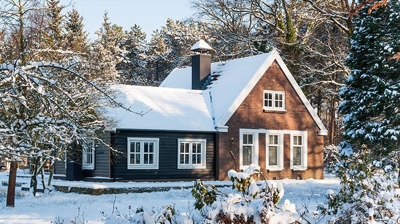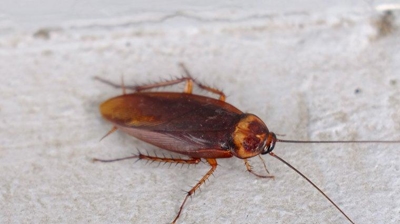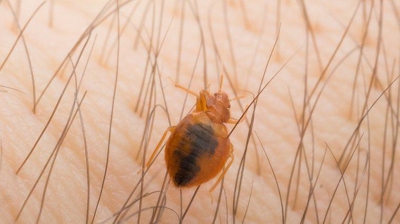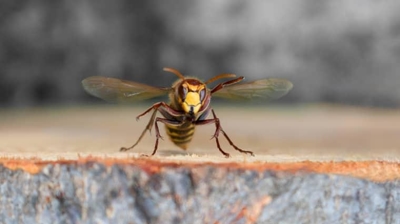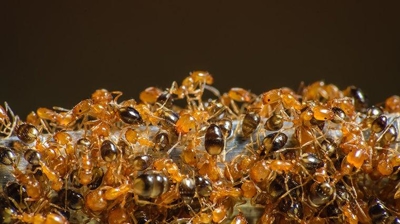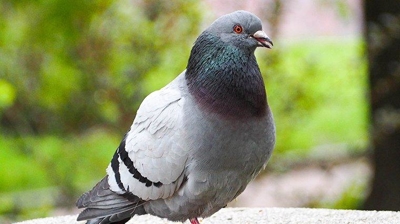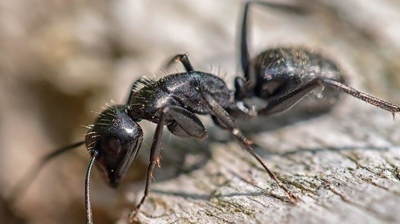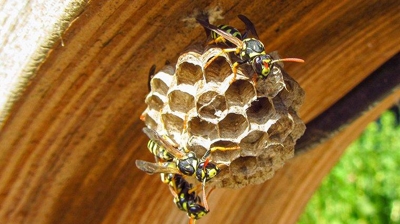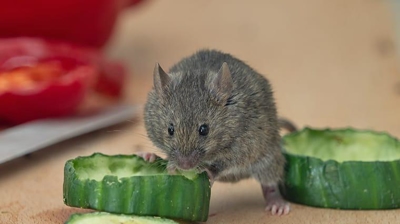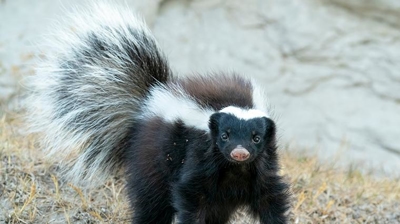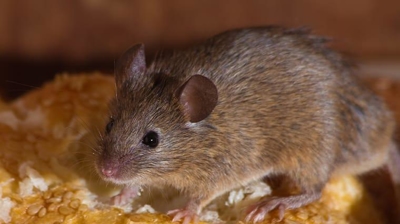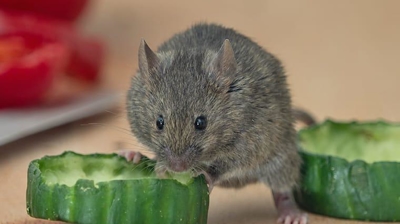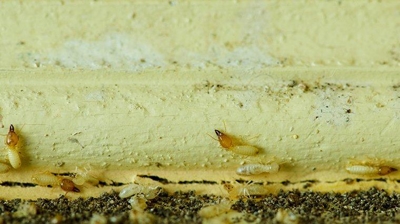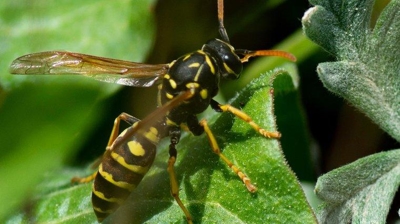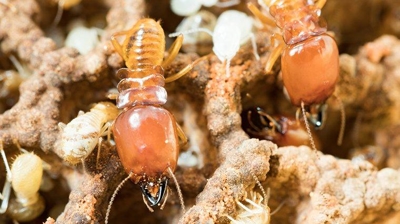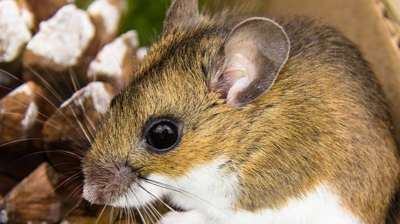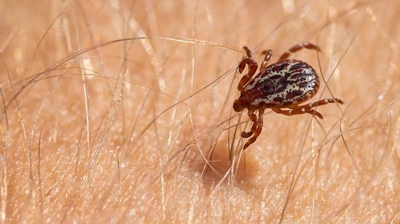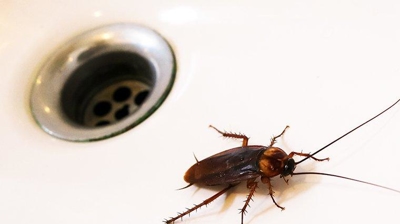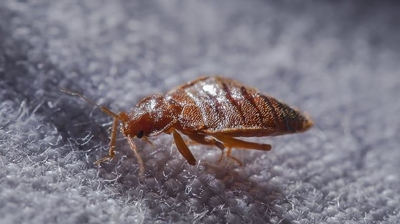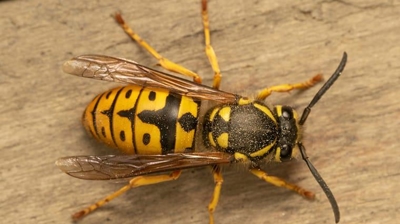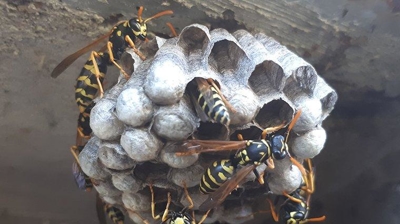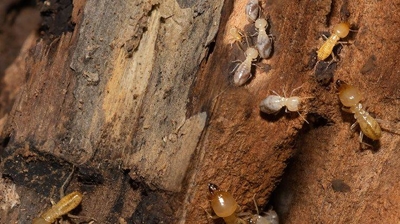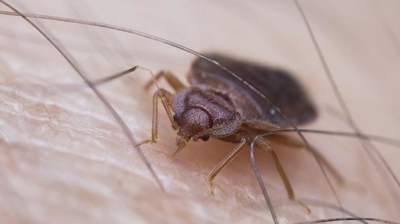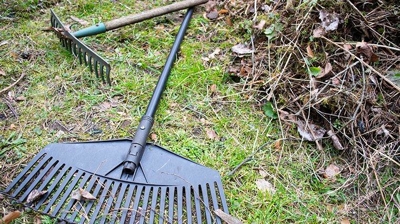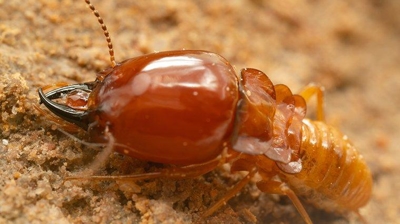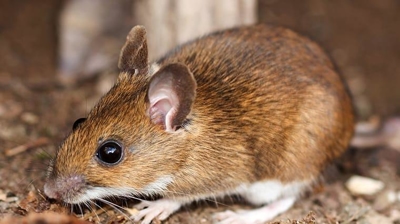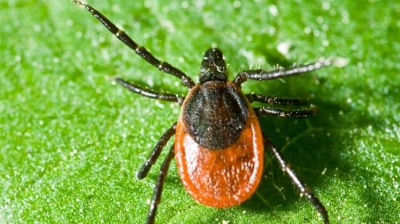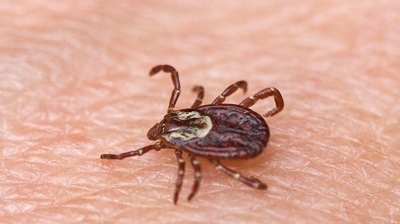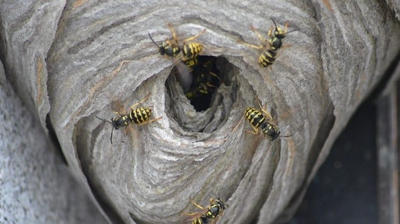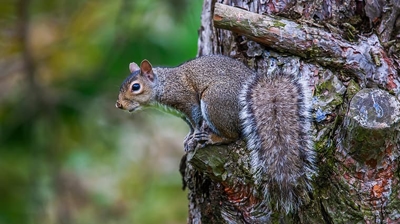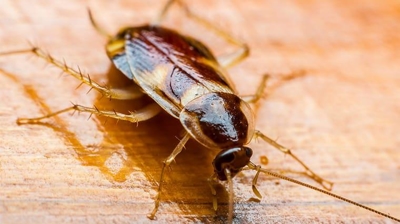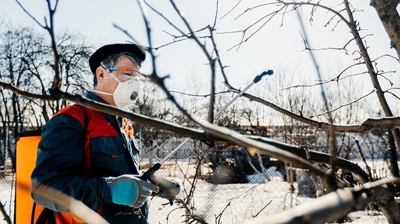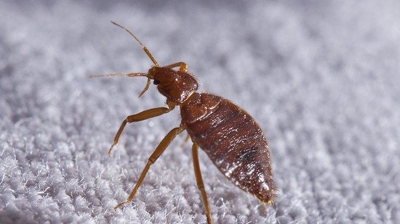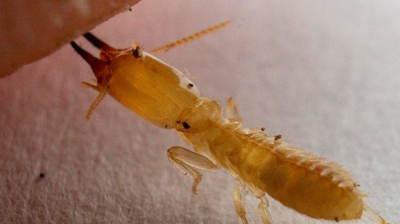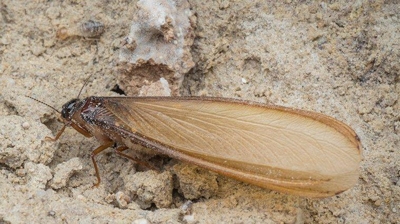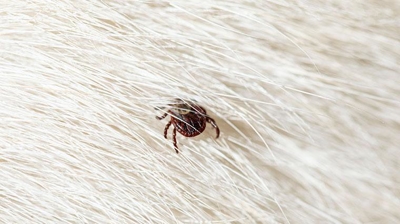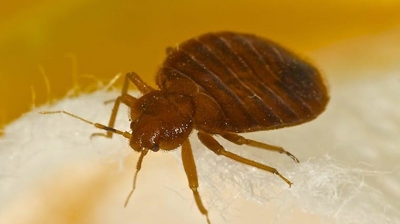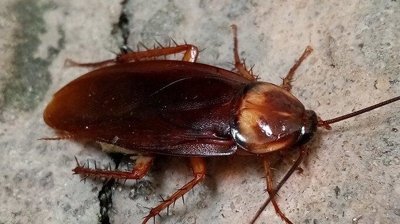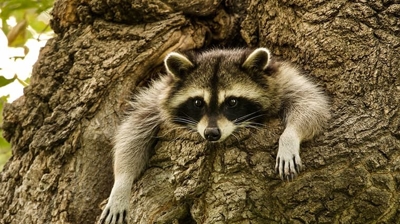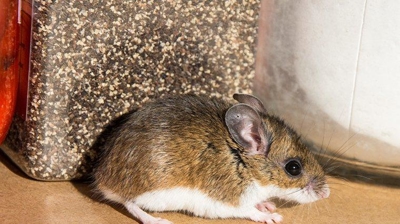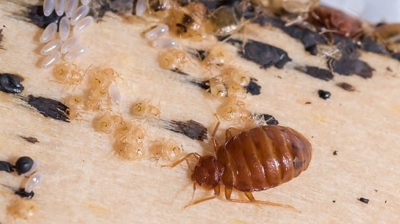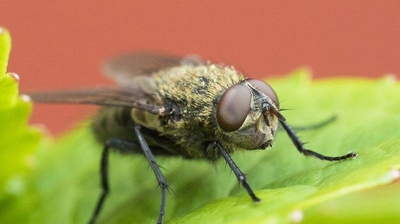
Raccoon Removal Services in New Haven, CT
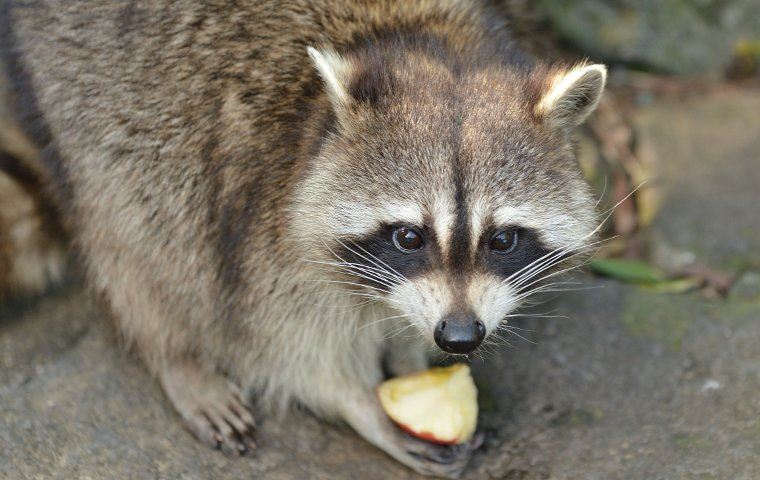
Understanding Raccoons: Characteristics and Behavior
Raccoons are medium-sized mammals (2-3 feet long) that are recognizable by the black-and-white coloration on their faces that can make them look like they’re wearing bandit masks. They also have ringed tails and extremely dexterous paws.
As far as pests go, raccoons in New Haven are notorious for digging into trash cans and clutter in search of food and creatively finding their way into human residences. While they are naturally found in forested and mountainous regions, the cold weather often pushes them into residential areas in search of food, water, and warm shelter.
Are Raccoons a Threat to Your Home?
The biggest threat many homeowners think of when they think of raccoons is rabies. While not every raccoon has rabies, many do. Rabid raccoons behave in a confused or disoriented manner. They have difficulty walking, display significant aggression, produce loud, unusual sounding noises, foam at the mouth, and have watery eyes. They also appear unkempt with wet, tangled hair.
Beyond the direct threat they pose to humans through the diseases they transmit through their bites, raccoons in the home endanger the occupants in other ways as well. Raccoons often chew on and damage wood, insulation, and electrical wiring creating fire hazards and leaving you with costly repairs.
If a raccoon finds its way into your home, they will most likely create their den in a secluded area such as your attic. In the process, they will damage your property, and leave behind hazardous biological elements such as fur, droppings, and urine. As a result, a raccoon in your attic or other areas in your home can be a dangerous and expensive problem to fix.
Why Are Raccoons Invading Your Property?
Raccoon infestations are most likely to occur in the fall and winter months when the harsh Connecticut weather makes finding food and warmth in the wild difficult. During this time, raccoons will be on the hunt for safe places to nest in proximity to food and water. Unfortunately, your home provides the perfect mix of comfort to a hungry raccoon.
Raccoons are attracted to a number of factors present in your home, but most commonly the first thing that brings them to your property is your garbage. The smell and abundance of leftover edibles make them enthusiastic trash scavengers. However, even if your trash is closed tightly, they may also enjoy the gardens or compost piles on your property.
Common Locations for Raccoon Infestations
Raccoons are typically found in the attic or basement of the homes they infest, as these areas provide them with space and material to create their dens. Raccoons are primarily nocturnal, so often the first time homeowners become aware of their presence is at night when they hear them move around and scratch surfaces.
Common signs of a raccoon infestation include overturned trash cans outside, destroyed gardens and compost piles, and damage to exterior screens and siding on your home from the raccoon trying to find a way inside.
Effective Prevention Tips Against Raccoons
Raccoons are a dangerous and destructive pest, and they can be particularly difficult to remove from the homes they infest - making prevention a necessity.
Here are some tips you can use to lower the risk of a raccoon infestation:
- Use exterior trash cans that seal shut so that raccoons can't crawl inside.
- Keep exterior trash cans as well as gardens and compost piles several feet away from the exterior of your home.
- Trim limbs and foliage away from the exterior of your home so that raccoons cannot use them to access your roof.
- Remove bird feeders from the yard, which can attract raccoons and other unwanted wildlife.
- Keep windows, vents, and chimneys leading into the home covered.
How to Safely Remove Raccoons from Your Home
Removing live animals from your home can be a difficult and potentially dangerous process for the average homeowner. Raccoons are wild animals that can be unpredictable, so the best solution for homeowners with raccoons is to call a pest control professional for help. Furthermore, be mindful that relocating or killing raccoons without a permit is forbidden in many areas.
Connecticut Pest Elimination, Inc. provides humane wildlife trapping and relocation services. We’ll set up a series of traps in and around your home and monitor them for activity. We will return regularly to replace the bait within each trap. Once every raccoon that’s gotten inside is captured, we’ll release them all in another safe location where they won't threaten neighborhoods. Then, we will identify and seal entry points to help avoid another infestation in the future.
Experiencing a wildlife infestation, or concerned about potential issues? Contact us today for a consultation and find out how Connecticut Pest Elimination, Inc. can make your raccoon problem a thing of the past.

-
“Highly Recommend!”
“The tech was fabulous. He called me before he arrived and let me know when he was outside the yard.”- Kathryn S. -
“A+ Company”
“The gentleman who serviced our home was very prompt and explained everything that he was going to do and what to expect.”- Satisfied Customer -
“Great Work!”
“Tom was very thorough, and professional, and answered any questions I had.”- Nikki G. -
“Amazing Service!”
“Our Service from Drew was punctual, professional, honest, and polite!!”- Gretel M. -
“10/10 Recommend!”
“Sean from CT Pest Solutions was absolutely amazing. He was kind, professional, helpful, and most importantly resolved our issue.”- Samantha T. -
“Great Service”
“The technician Alex explained everything he was doing and how the process works. Very courteous, called ahead to let me know when he was coming.”- Satisfied Customer
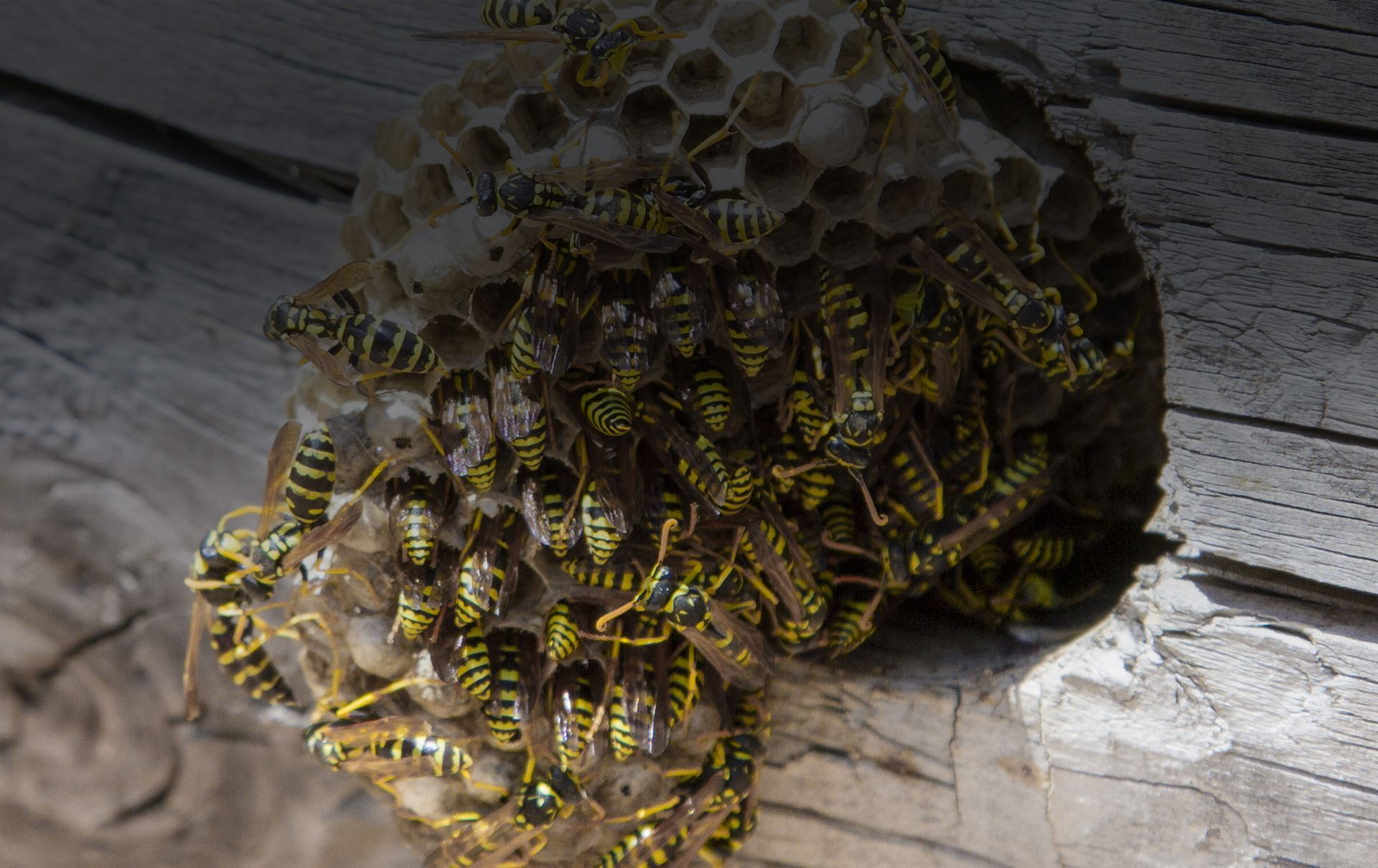
Stay in the Know!
Read Our Latest Blog Posts
-
 How Does The Cooler Weather Affect Pest Control In New Haven?Read More
How Does The Cooler Weather Affect Pest Control In New Haven?Read More -
 Why Carpenter Ants Invade New Haven HomesRead More
Why Carpenter Ants Invade New Haven HomesRead More -
 Has Wildlife Found Its Way Onto Your New Haven Property?Read More
Has Wildlife Found Its Way Onto Your New Haven Property?Read More -
 Everything New Haven Homeowners Need To Know About German CockroachesRead More
Everything New Haven Homeowners Need To Know About German CockroachesRead More -
 What New Haven Property Owners Ought To Know About Yellow Jacket ControlRead More
What New Haven Property Owners Ought To Know About Yellow Jacket ControlRead More -
 Carpenter Ants: What You Should Know And Why You Should CareRead More
Carpenter Ants: What You Should Know And Why You Should CareRead More -
 How To Keep The Nuisance Wildlife In New Haven At BayRead More
How To Keep The Nuisance Wildlife In New Haven At BayRead More -
 A Practical Guide To Carpenter Ant Control In New HavenRead More
A Practical Guide To Carpenter Ant Control In New HavenRead More -
 The Problems Wildlife Can Bring to New Haven PropertiesRead More
The Problems Wildlife Can Bring to New Haven PropertiesRead More -
 The Dangers Cockroaches Bring To New Haven HomesRead More
The Dangers Cockroaches Bring To New Haven HomesRead More -
 Carpenter Ants In New Haven Can Be A Real Problem For HomeownersRead More
Carpenter Ants In New Haven Can Be A Real Problem For HomeownersRead More -
 Commonly Told Myths About Bed Bugs In New HavenRead More
Commonly Told Myths About Bed Bugs In New HavenRead More -
 Hornet Infestations: The Dangers And How To Prevent Them In New HavenRead More
Hornet Infestations: The Dangers And How To Prevent Them In New HavenRead More -
 A Practical Guide To Dealing With Pharaoh Ants In New HavenRead More
A Practical Guide To Dealing With Pharaoh Ants In New HavenRead More -
 A Handy Guide To Wildlife Control For New Haven Property OwnersRead More
A Handy Guide To Wildlife Control For New Haven Property OwnersRead More -
 The Easiest Way To Get Rid Of Rodents In Your New Haven HomeRead More
The Easiest Way To Get Rid Of Rodents In Your New Haven HomeRead More -
 How Can I Tell If My New Haven Home Has Carpenter Ants?Read More
How Can I Tell If My New Haven Home Has Carpenter Ants?Read More -
 How To Keep Problematic Wasps Away From Your New Haven PropertyRead More
How To Keep Problematic Wasps Away From Your New Haven PropertyRead More -
 All You Need To Know About Bed BugsRead More
All You Need To Know About Bed BugsRead More -
 How A Tiny Mouse Can Cause Big Problems In Your New Haven HomeRead More
How A Tiny Mouse Can Cause Big Problems In Your New Haven HomeRead More -
 The Secret To Keeping Mice Out Of Your New Haven HomeRead More
The Secret To Keeping Mice Out Of Your New Haven HomeRead More -
 How To Easily Deter Nuisance Wildlife In New HavenRead More
How To Easily Deter Nuisance Wildlife In New HavenRead More -
 How To Protect Your New Haven Property From TermitesRead More
How To Protect Your New Haven Property From TermitesRead More -
 Are Cockroaches Invading Your Space?Read More
Are Cockroaches Invading Your Space?Read More -
 Tips To Avoid Thanksgiving Rodent Problems In StamfordRead More
Tips To Avoid Thanksgiving Rodent Problems In StamfordRead More -
 Mice And Rats In Connecticut: How Do I Prevent Them?Read More
Mice And Rats In Connecticut: How Do I Prevent Them?Read More -
 How To Spot Signs Of Termite Activity Around Your New Haven PropertyRead More
How To Spot Signs Of Termite Activity Around Your New Haven PropertyRead More -
 How To Keep Dangerous Wasps Out Of Your New Haven YardRead More
How To Keep Dangerous Wasps Out Of Your New Haven YardRead More -
 Help! I Am Struggling With A Termite Infestation In New HavenRead More
Help! I Am Struggling With A Termite Infestation In New HavenRead More -
 Rodent Rundown: Keeping These Dangerous Pests Away From Your New Haven PropertyRead More
Rodent Rundown: Keeping These Dangerous Pests Away From Your New Haven PropertyRead More -
 The Easiest Way To Get Rid Of Ticks Around Your New Haven PropertyRead More
The Easiest Way To Get Rid Of Ticks Around Your New Haven PropertyRead More -
 Winter Pest Outlook For New Haven ResidentsRead More
Winter Pest Outlook For New Haven ResidentsRead More -
 How Dangerous Are Wasps In New Haven, CT?Read More
How Dangerous Are Wasps In New Haven, CT?Read More -
 New Haven's Complete Guide To Bed Bug IdentificationRead More
New Haven's Complete Guide To Bed Bug IdentificationRead More -
 Don't Let Stinging Insects Ruin Your Fourth Of July!Read More
Don't Let Stinging Insects Ruin Your Fourth Of July!Read More -
 Mice Can Bring More Than Just A Headache To Your New Haven HomeRead More
Mice Can Bring More Than Just A Headache To Your New Haven HomeRead More -
 A Helpful Guide To Paper Wasp ControlRead More
A Helpful Guide To Paper Wasp ControlRead More -
 How To Identify And Get Rid Of Termites In Your New Haven HomeRead More
How To Identify And Get Rid Of Termites In Your New Haven HomeRead More -
 Why Are There Bed Bugs In My New Haven Home?Read More
Why Are There Bed Bugs In My New Haven Home?Read More -
 Spring Pest Prevention 101: What Every New Haven Homeowner Needs To KnowRead More
Spring Pest Prevention 101: What Every New Haven Homeowner Needs To KnowRead More -
 How To Keep Termites Away From Your New Haven HomeRead More
How To Keep Termites Away From Your New Haven HomeRead More -
 The Truth About RodentsRead More
The Truth About RodentsRead More -
 How To Deal With Ticks When You're OutsideRead More
How To Deal With Ticks When You're OutsideRead More -
 What Everyone In New Haven Ought To Know About TicksRead More
What Everyone In New Haven Ought To Know About TicksRead More -
 Stinging Insects: The Do's And Don'tsRead More
Stinging Insects: The Do's And Don'tsRead More -
 Dealing With Nuisance Wildlife: Effective Strategies For Control And Prevention In New HavenRead More
Dealing With Nuisance Wildlife: Effective Strategies For Control And Prevention In New HavenRead More -
 Are Brown-Banded Cockroaches In New Haven Dangerous?Read More
Are Brown-Banded Cockroaches In New Haven Dangerous?Read More -
 How To Completely Eliminate A Cockroach Infestation In Your New Haven HomeRead More
How To Completely Eliminate A Cockroach Infestation In Your New Haven HomeRead More -
 Don't Let Stinging Insects Ruin Your Backyard Activities In New HavenRead More
Don't Let Stinging Insects Ruin Your Backyard Activities In New HavenRead More -
 Tick Prevention Tips Every New Haven Pet Owner Should KnowRead More
Tick Prevention Tips Every New Haven Pet Owner Should KnowRead More -
 Don't Forget About Pest Control During The Winter Season In New HavenRead More
Don't Forget About Pest Control During The Winter Season In New HavenRead More -
 How To Stop Bed Bug Infestations Before They Even Begin In New HavenRead More
How To Stop Bed Bug Infestations Before They Even Begin In New HavenRead More -
 What You Should Know About Termite Season In New HavenRead More
What You Should Know About Termite Season In New HavenRead More -
 Termite Season Is Upon Us In New HavenRead More
Termite Season Is Upon Us In New HavenRead More -
 Protect Yourself & Those You Love From Ticks In New Haven, CTRead More
Protect Yourself & Those You Love From Ticks In New Haven, CTRead More -
 Top Ten Bed Bug Myths, DebunkedRead More
Top Ten Bed Bug Myths, DebunkedRead More -
 New Haven’s Step-By-Step Guide to Cockroach ControlRead More
New Haven’s Step-By-Step Guide to Cockroach ControlRead More -
 A Guide To Effective Wildlife Control In New HavenRead More
A Guide To Effective Wildlife Control In New HavenRead More -
 New Haven’s Complete Guide To Effective Rodent ControlRead More
New Haven’s Complete Guide To Effective Rodent ControlRead More -
 Beating Bed Bugs In New Haven: Strategies For Swift And Effective TreatmentRead More
Beating Bed Bugs In New Haven: Strategies For Swift And Effective TreatmentRead More -
 Protecting Your New Haven Property From Winter PestsRead More
Protecting Your New Haven Property From Winter PestsRead More
